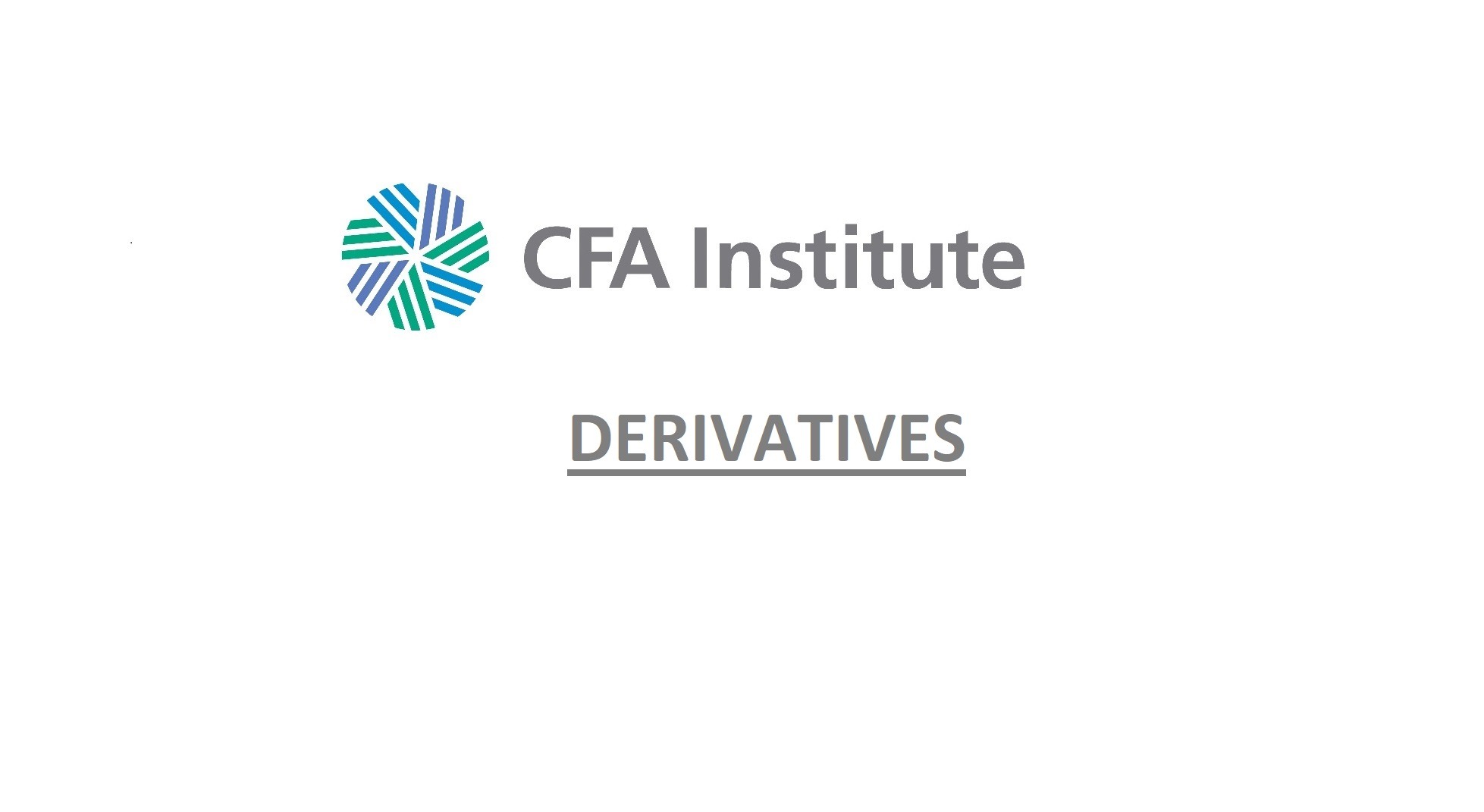Think of derivatives as building blocks that can be combined to create a specific payoff with the desired risk exposure. A synthetic position can be created for any option or stock strategy.
Most of the time, market participants use synthetic positions to transform the payoff profile of their positions when their market views change.
Put–call parity shows the equivalence (or parity) of a portfolio of a call and a risk-free bond with a portfolio of a put and the underlying, which leads to the relationship between put and call prices.
Put–call parity can be expressed in the following formula, where S0 is the price of the underlying; p0 and c0 are the prices (i.e., premiums) of the put and call options, respectively; and X/(1 + r)T is the present value of the risk-free bond:
- S0 + p0 = c0 + X/(1 + r)T.
A related concept is put–call–forward parity, which identifies the equivalence between buying a fiduciary call, given by the purchase of a call and the risk-free bond, and a synthetic protective put.
In the put–call–forward parity formula, S0 is replaced with a forward contract to buy the underlying, where the forward price is given by F0(T) = S0(1 + r)T. Therefore, put–call–forward parity is:
- F0(T)/(1 + r)T + p0 = c0 + X/(1 + r)T.
Synthetic Forward Position
The combination of a long call and a short put with identical strike price and expiration, traded at the same time on the same underlying, is equivalent to a synthetic long forward position.
- In symbols the value at expiration = ST − X.
Synthetic Put and Call
The symmetric payoff of a short stock position can become asymmetrical if the investor transforms it into a synthetic long put position by buying a call.
Similarly, an investor with a long stock position can change his payoff and risk profile into that of a long call by purchasing a put (“protective put” strategy). The long put eliminates the downside risk, whereas the long stock leaves the profit potential unlimited.
